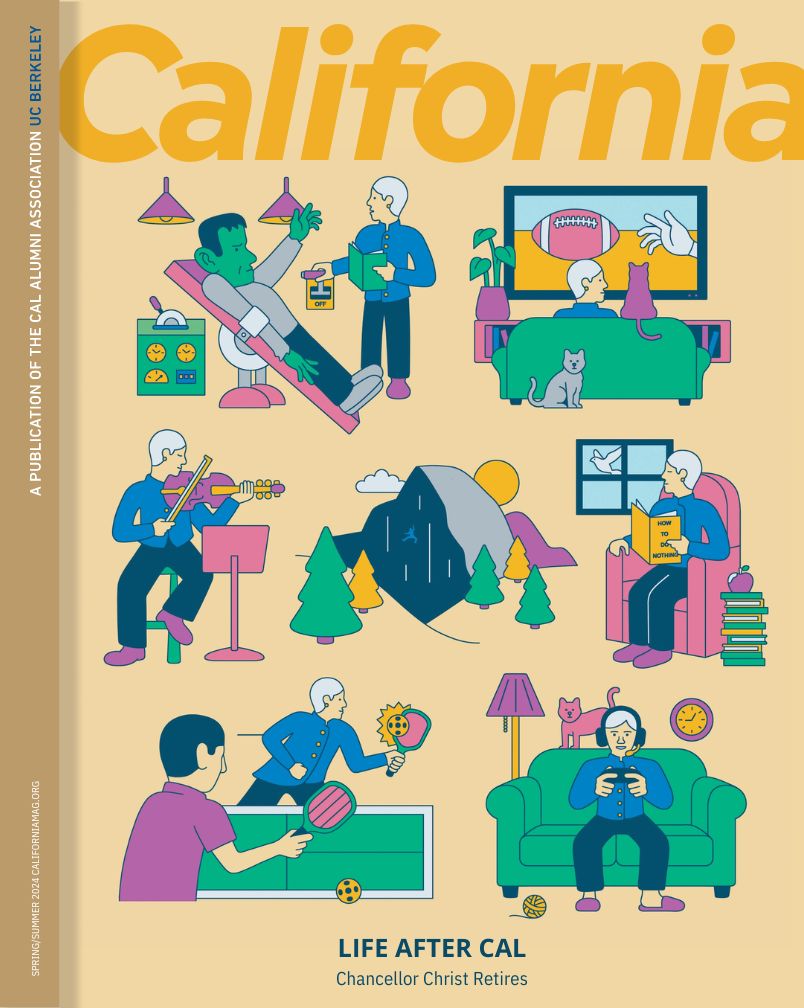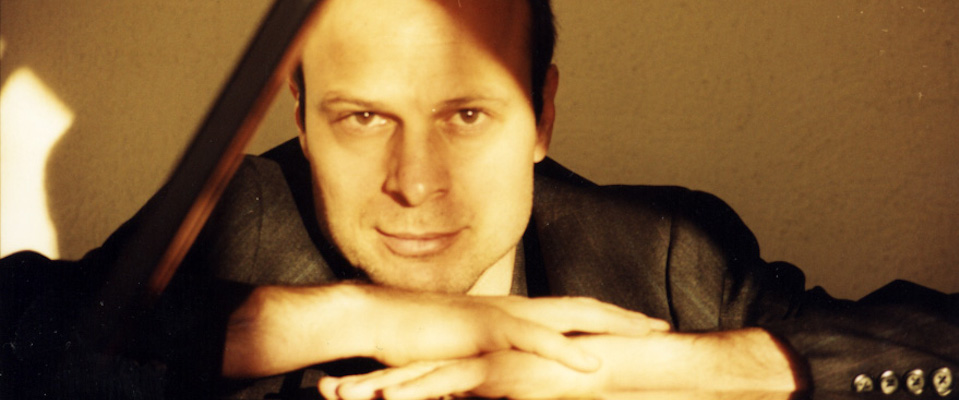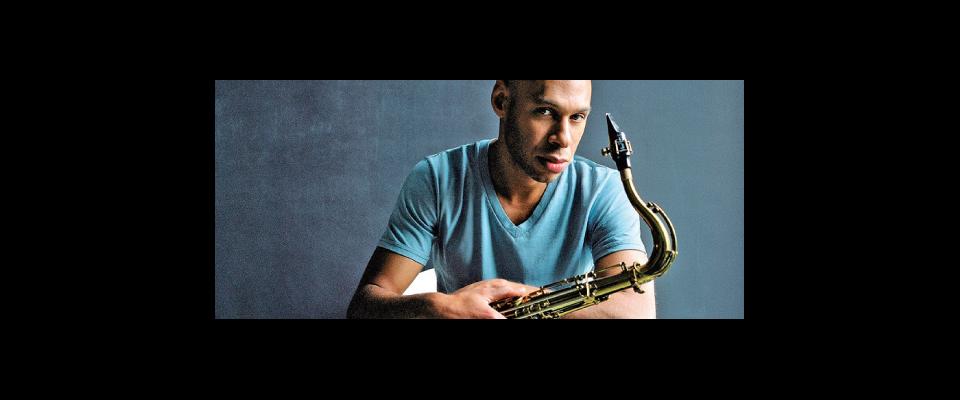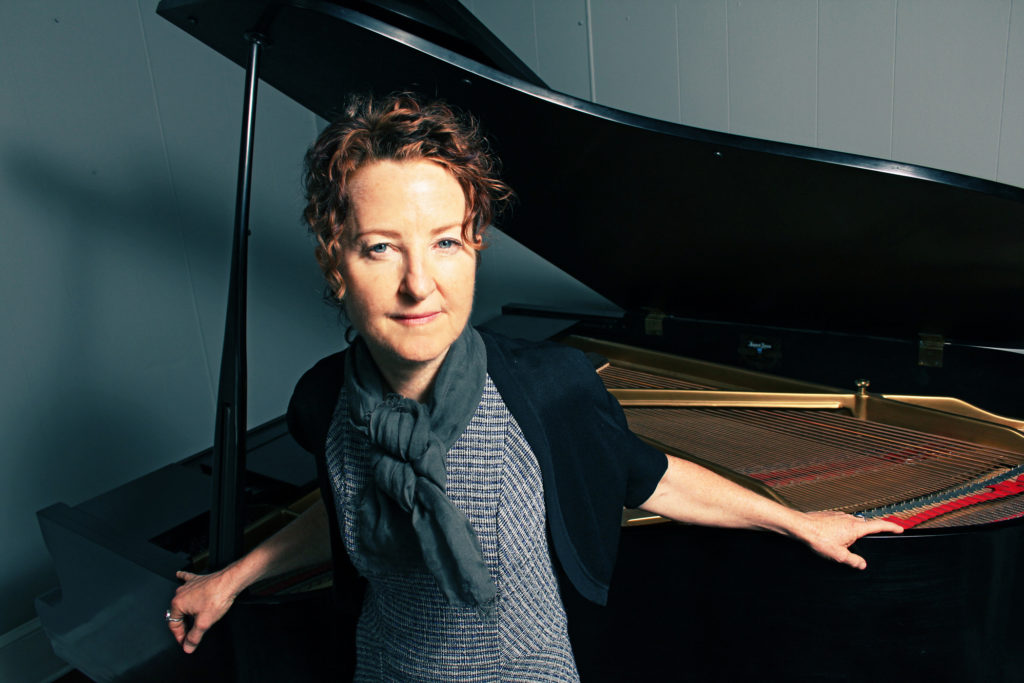The best jazz musicians can bend and twist time, changing meter mid-phrase to fold a melody back on itself, or stretching a beat so that it seems to hang, pregnant, in mid-air. As a first-call pianist in New York City, Rob Schneiderman spent more than a decade expanding and compressing music’s temporal dimensions with jazz legends such as trumpeter Chet Baker, trombonist J.J. Johnson, and saxophonist James Moody, while also recording a series of critically hailed albums under his own name.
His insistent curiosity about the nature of time and space eventually set him on a path that led to a math Ph.D. program at UC Berkeley in 1994. And now, celebrating the recent release of his first new album in a decade, Tone Twister (Hollistic MusicWorks), Schneiderman makes a rare return to Berkeley to perform “Music in Dimensions 3, 3.5 and 4” at The Back Room on Wednesday, June 27, a visit prompted by and named after a Cal math conference, Topology in Dimensions 3, 3.5 and 4, which focuses on his specialty: low-dimensional topology.
“You look at all these books for the layperson on Einstein and you realize you’ve got to learn calculus in order to understand physics and why time stands still at the speed of light.”
Rather than competitors, Schneiderman sees jazz and mathematics as a “tightly intertwined” pursuits. The deeper he delves, the more “the internal musical sounds and mathematical thoughts seem to commingle through some sort of mysterious subconscious filtering system that allows me to consciously tap into one or the other,” he says.
Part of what makes Schneiderman so unique is that, in both jazz and math, he was essentially self taught. He left high school early to play music, learning the art form directly from veteran masters on the bandstand rather than in music school. Later, when his interest in math kicked in he taught himself algebra, geometry, and trigonometry. By 1988 he was ready to plunge into deeper waters, buying two used calculus texts from a street vendor on Broadway. “I managed to decipher about a semester’s worth of introductory calculus without the ready-made tutorials that are available via today’s Internet,” he says.
As an associate professor of mathematics at Lehman College CUNY, the 60-year-old Schneiderman seeks to describe the unusual properties of three- and four-dimensional spaces. Apparently it’s much easier to figure out the properties of eight- and nine-dimensional spaces than three- and four-dimensional environments where “we’re only seeing a small, local piece of it,” says Schneiderman.
“Then we have this other dimension of time, which to us appears to always be moving in one direction. What if in our universe we started walking off in some direction, would we eventually come back to the same place we started? Would right and left be interchanged? When you take Einstein’s theories, you include time as the fourth dimension but on equal footing with space.”
As a young player just making a name for himself on the San Diego jazz scene, he loved post-gig conversations that veered into these kinds of fundamental questions.
“My first professor, Tako Inishi…brought [mathematics] to life as a living, human endeavor. It’s not this cold, calculating, rigid thing. It’s really liquid. I got hooked.”
“You look at all these books for the layperson on Einstein and you realize you’ve got to learn calculus in order to understand physics and why time stands still at the speed of light,” says Schneiderman. “So I started trying to learn calculus on my own, and I had to go back and learn algebra. Then I started enjoying the calculus for its own sake.”
For many years, math was just one of Schneiderman’s interests, but the more he explored the more intrigued he became with the beauty of numbers. But it was his interest in soccer that ultimately led him back to school. Living near Berkeley City College, he began playing pick-up games with a group of students. “It was the best soccer I ever played,” he recalls. In order to join the team he had to enroll, and so he made the decision to start studying math formally.
“I thought maybe I’ll take a math course, since I’m trying to learn that anyway,” he says. “My first professor, Tako Inishi, he’s still one of my best friends. He loves music and he’s a real creative guy. Just seeing him dealing with mathematics brought it to life as a living, human endeavor. It’s not this cold, calculating, rigid thing. It’s really liquid. I got hooked. I was going on the road all the time, so it took six years to get a bachelor’s degree.”
While math and music are sometimes cast as overlapping intellectual pursuits, Schneiderman attributes his success to the discipline required to become a top-shelf improviser. Simply put, there’s no way to improve without putting in the time, “as well as immersing yourself in the existing new and old literature, paying close attention to the masters, and actively doing mathematics with others,” he says. “I never made anything like a decision between music and mathematics. I just kept doing both.”
Back in town for the conference Topology in Dimensions 3, 3.5 and 4 at Cal, he has found The Back Room an intimate venue with an excellent piano to play a solo recital. He’ll explore originals, jazz standards, classics from the Cuban and Brazilian songbooks, “and even some Beatles tunes,” he says.
As for the math conference, he makes it sound something like a jazz festival where mathematicians congregate to work out new material. He confers with colleagues around the world on Skype, but there’s no substitute for, as he puts it, “getting two or three people in a room jamming on some ideas to make progress.”
He’s also hoping to perform with some fellow mathematicians, several of whom are serious jazz musicians. “There’s this other side that doesn’t sound like music composed by a computer, with these raw elements that are soulful, funky unpredictable and humorous. I like to try to share that with the public.”
In math or music, it seems there’s no subtracting the human element.





















